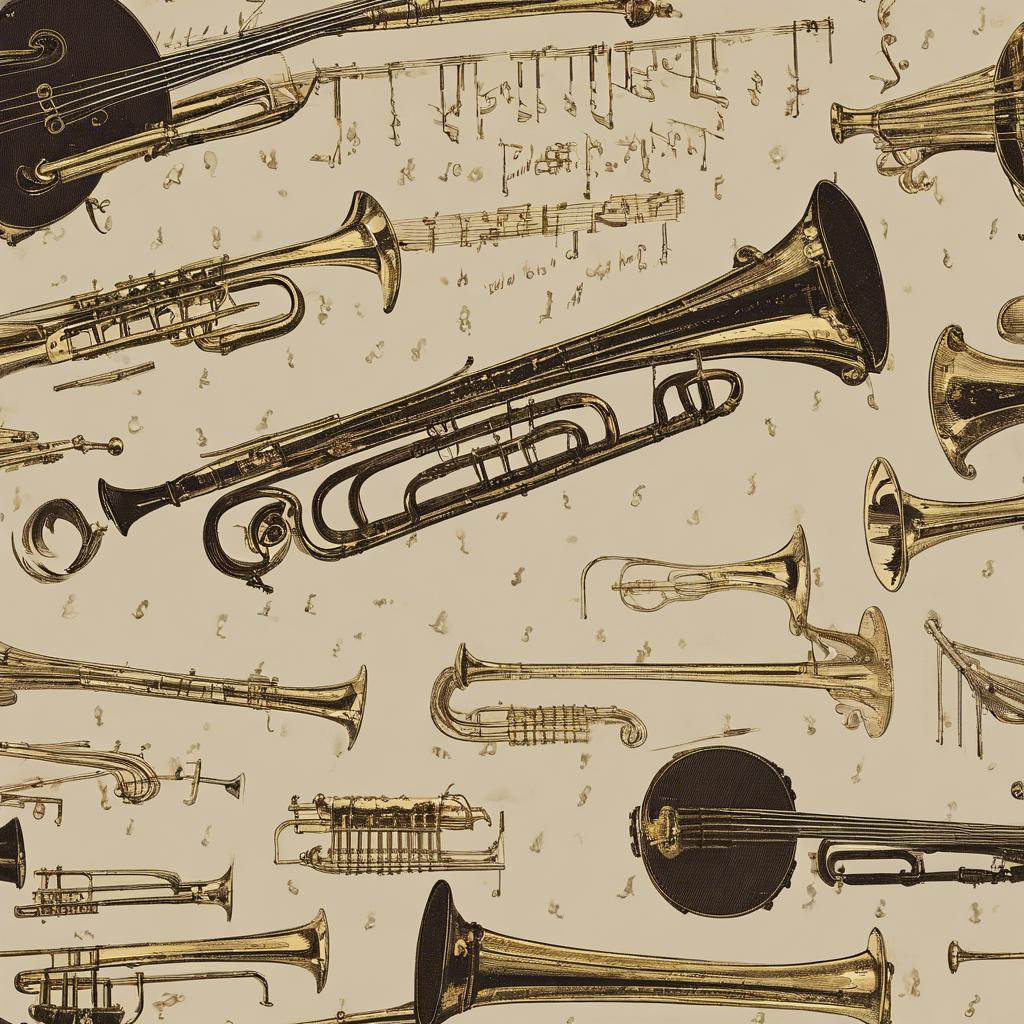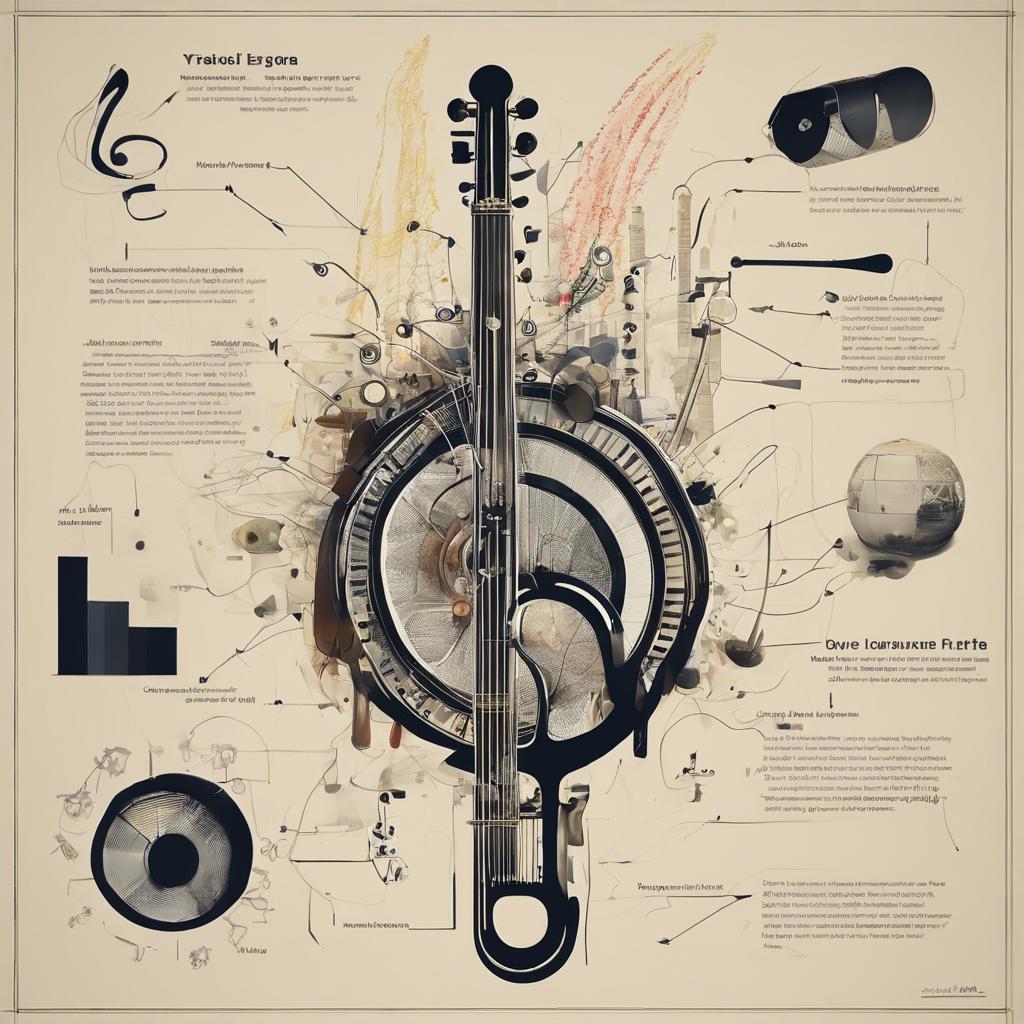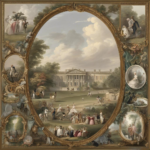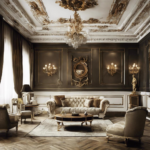During the Regency era, a period marked by elegant fashion, societal shifts, and the influence of Napoleon Bonaparte’s reign, musical instruments played a pivotal role in shaping the cultural landscape. From delicate pianofortes to grand harpsichords, the instruments of the Regency era carried with them not only harmonious melodies but also reflected the opulence and refinement of the period. Join us on a journey through the enchanting world of Regency era instruments, where each note played tells a story of a bygone era filled with intrigue and sophistication.
Step Into the World of Cheryl Bolen
Dive into the enchanting stories of love, intrigue, and elegance set in the Regency Era. Cheryl Bolen's novels offer timeless romance and captivating tales that will leave you wanting more.
Explore Cheryl Bolen's Books Now
Regency Era Musical Instruments: An Overview of the Sounds of the Past
During the Regency Era, music played a significant role in society, with a variety of instruments producing the sounds of the past. From the elegant tones of the pianoforte to the lively melodies of the flute, each instrument contributed to the rich musical tapestry of the time.
Key Regency Era Musical Instruments:
- 1. Pianoforte – A predecessor to the modern piano, the pianoforte was a popular instrument for both amateur and professional musicians.
- 2. Flute – Known for its sweet and melodious sound, the flute was often used in chamber music and solo performances.
- 3. Violin - The violin was a staple of classical music during the Regency Era, with its expressive and versatile sound.
These instruments, along with others such as the harp, clarinet, and cello, helped to shape the musical landscape of the Regency Era. Whether played in grand ballrooms or intimate salons, these instruments provided the soundtrack to a time of elegance, romance, and refinement.
Elegance and Sophistication: Exploring the Key Instruments of the Regency Era
During the Regency Era, music played a significant role in the social gatherings and events of the upper class. The elegant and sophisticated atmosphere of this period was complemented by the use of various musical instruments that were popular during that time.
Key instruments of the Regency Era:
- 1. Pianoforte: This instrument, a precursor to the modern piano, was a staple in Regency Era music rooms. Its versatility and range made it a popular choice for both solo performances and accompaniment.
- 2. Violin: The sweet and melodious sound of the violin added an air of romance to Regency Era gatherings. It was often featured in chamber music performances and string quartets.
- 3. Harp: The harp’s delicate and enchanting tones were perfect for creating a sense of elegance and sophistication. It was commonly played during afternoon tea parties and ballroom dances.
| Instrument | Description |
|---|---|
| Flute | A versatile woodwind instrument that was often used in solo performances and chamber music. |
| Horn | The rich and warm sound of the horn added depth and richness to orchestral compositions. |
Exploring these key instruments of the Regency Era allows us to gain a deeper understanding of the musical traditions and cultural influences of that time. Whether played individually or as part of a larger ensemble, these instruments contributed to the overall ambiance of elegance and sophistication that defined this remarkable period in history.
Harmonious Melodies: How Stringed Instruments Shaped Regency Era Music
During the Regency Era, stringed instruments played a crucial role in shaping the music of the time. The elegant and harmonious melodies produced by instruments such as the violin, cello, and harp were highly favored among the nobility and upper class. These instruments added a sense of refinement and sophistication to the musical compositions of the period, becoming synonymous with the Regency Era’s cultural identity.
One of the most popular stringed instruments during the Regency Era was the violin. Known for its versatility and ability to convey a wide range of emotions, the violin was often featured prominently in chamber music, symphonies, and solo performances. Skilled violinists were highly sought after and revered for their ability to captivate audiences with their virtuoso performances, making the instrument a staple in the musical landscape of the time.
Another beloved stringed instrument of the Regency Era was the cello. With its rich and deep sound, the cello added depth and warmth to musical compositions, often providing a strong foundation for the harmonies created by other instruments. Cellists were esteemed for their ability to bring out the expressive qualities of the instrument, drawing listeners in with soul-stirring performances that evoked a wide range of emotions.
Preserving the Past: Recommendations for Collecting and Playing Regency Era Instruments
In order to preserve the beauty and grandeur of the Regency Era, it is imperative to carefully collect and play the instruments that were popular during this period of history. When it comes to selecting instruments from the Regency Era, **attention to detail** and **authenticity** are key. Look for instruments that were commonly used during the early 19th century, such as the pianoforte, violin, flute, and harp.
When collecting Regency Era instruments, it is important to also consider the **quality** and **condition** of the pieces. Look for instruments that have been well-preserved and are in good working condition. If you are planning to play these instruments, it is essential to ensure that they are in tune and properly maintained to ensure the best possible sound quality.
In addition to collecting Regency Era instruments, it is essential to learn how to play them authentically. Take the time to study historical performance practices and **techniques** from the Regency Era to truly appreciate the music of this time period. By immersing yourself in the music and culture of the Regency Era, you can bring the past to life through the beauty of music.
In Summary
the Regency era produced a plethora of exquisite musical instruments that not only reflected the elegance and sophistication of the time but also contributed to the rich cultural tapestry of the period. From the intricate design of the pianoforte to the melodious tones of the clarinet, these instruments played a pivotal role in shaping the musical landscape of the early 19th century. As we delve into the world of Regency-era instruments, we are reminded of the enduring legacy of these beautifully crafted pieces, which continue to inspire and captivate audiences to this day. May their timeless beauty and charm serve as a lasting testament to the artistic achievements of the Regency era musicians and craftsmen.


